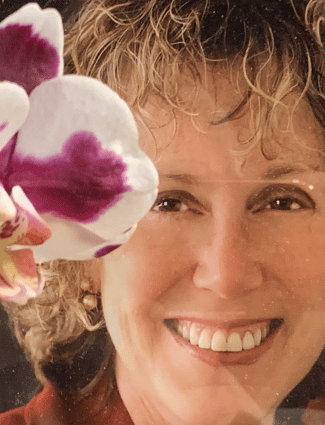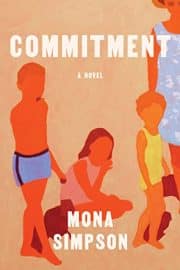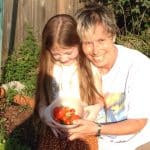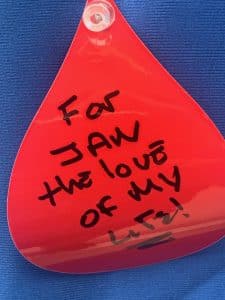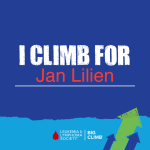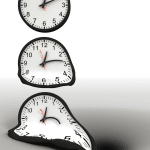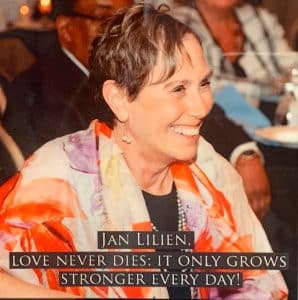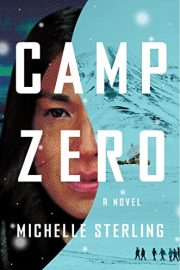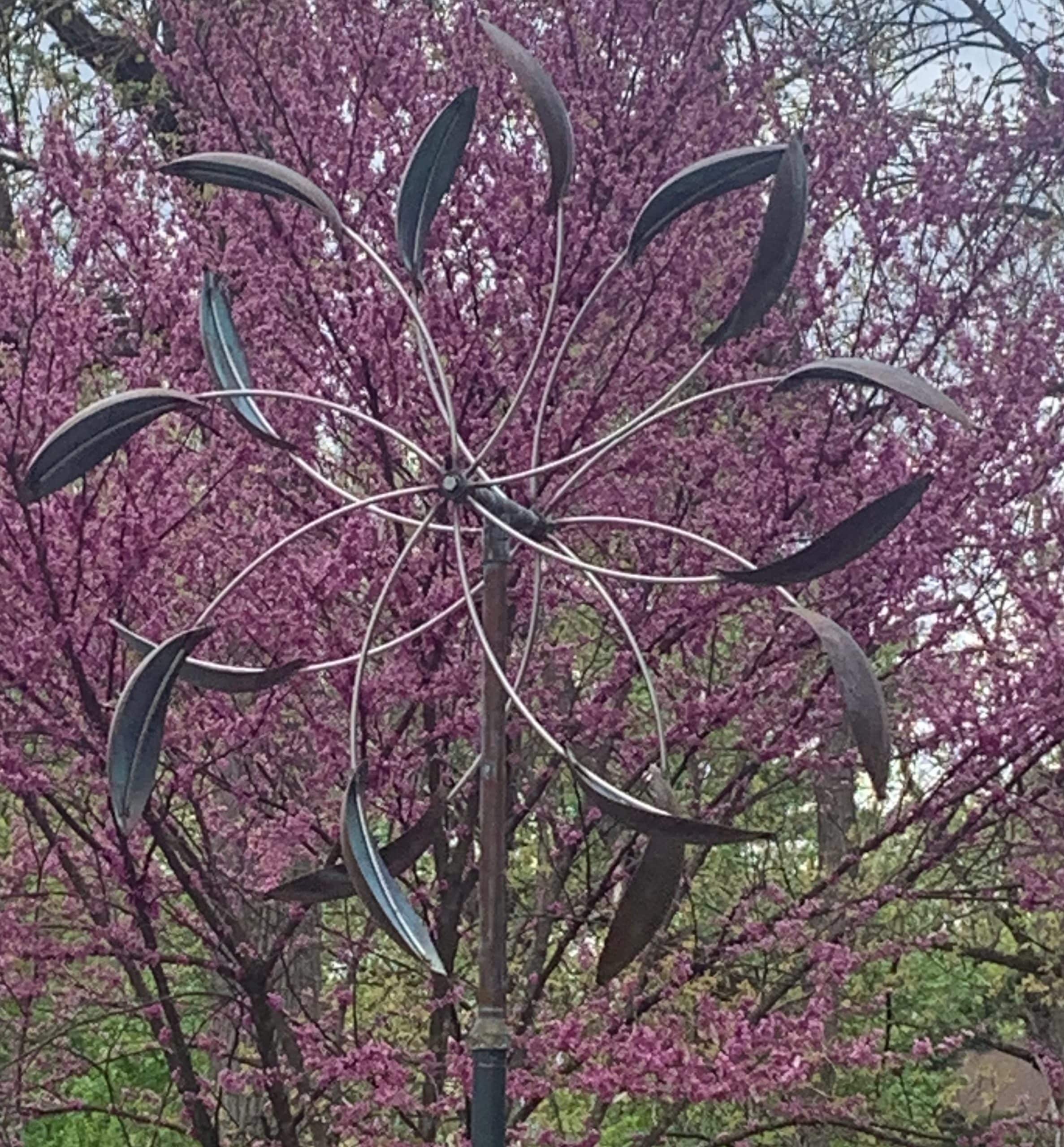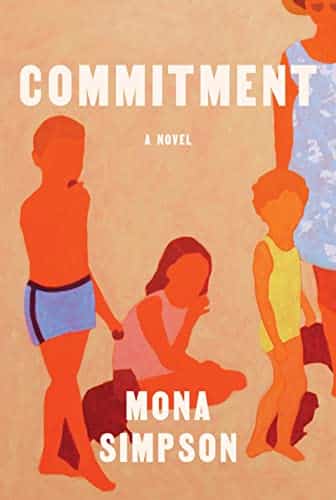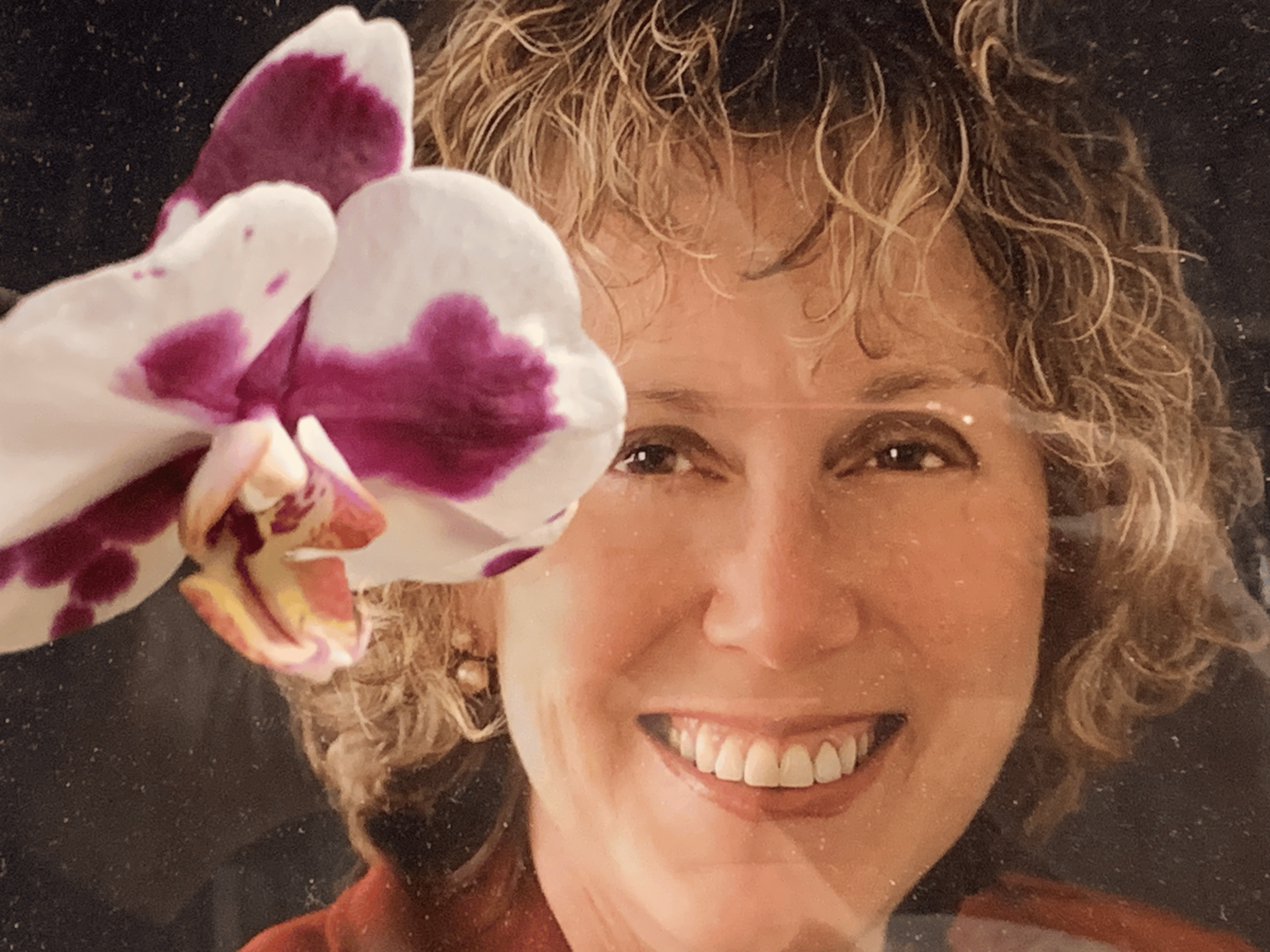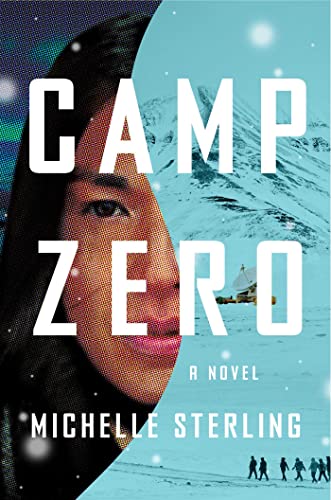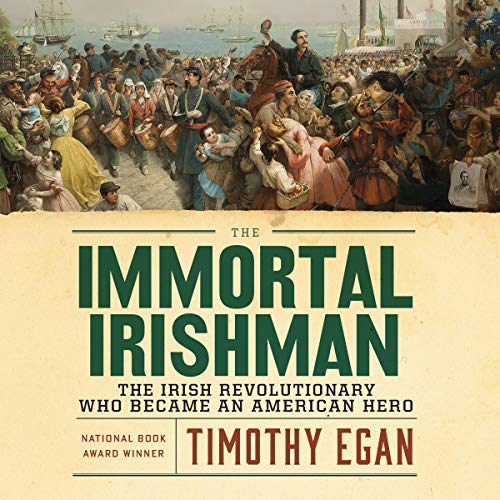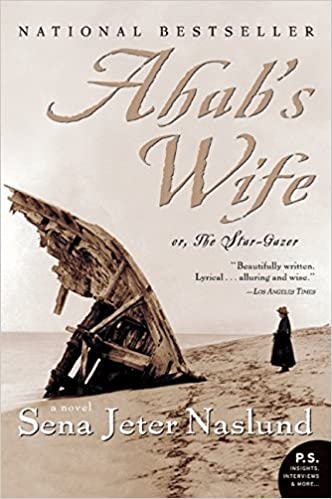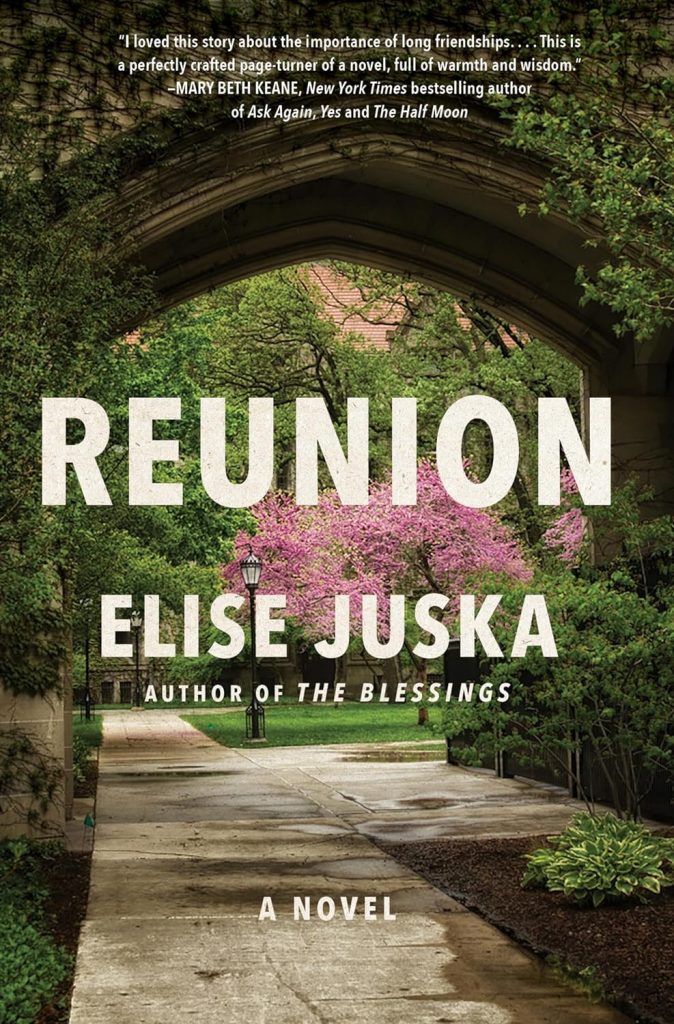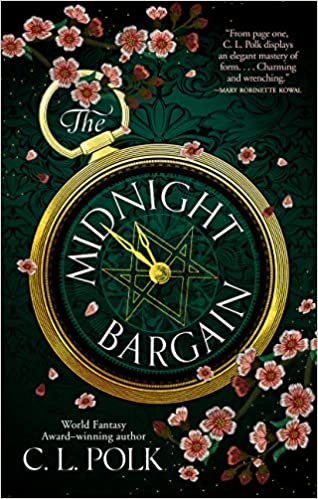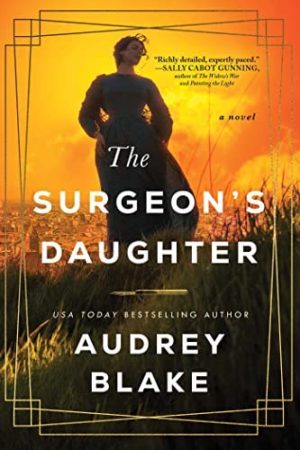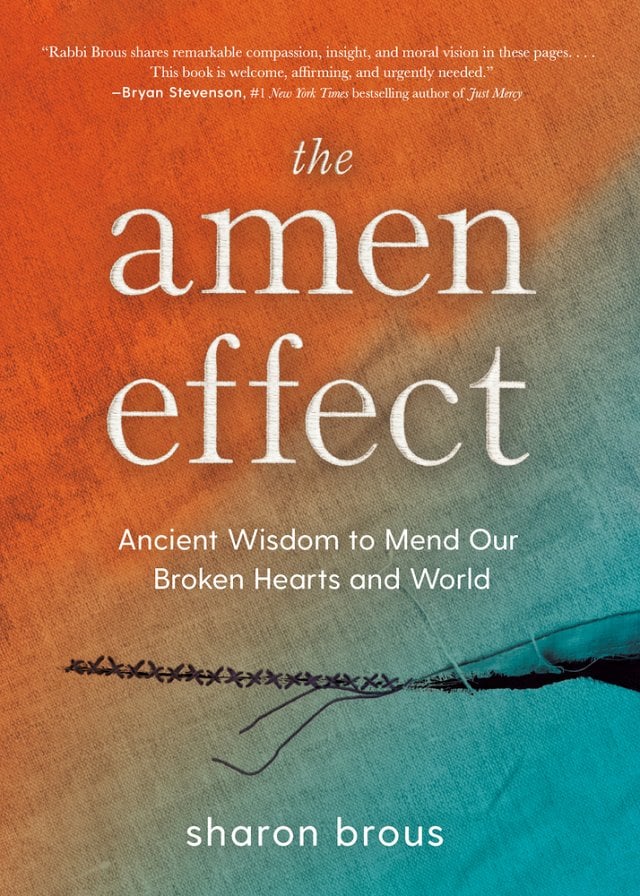The novel Commitment by Mona Simpson delves into the complexities of family and duty when a parent falls ill. It sheds light on the significant impact of untreated mental health crises and highlights the under-appreciated role of friends in shaping the lives of children left to their own devices.
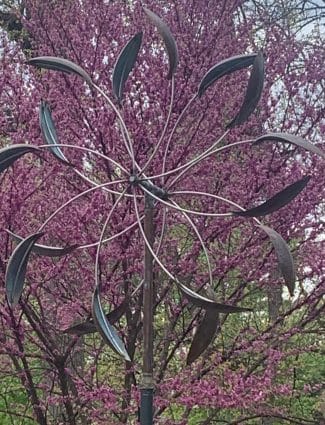
The Awesome Power of Love
Jan is With Me and Always Will Be
I’ve been busy promoting Jan’s Garden in Hanson Park on social media and through texts and emails now that the final planting has been completed. Witnessing all the positive responses has lifted my spirits!
Recently, I shared the project with a friend who owns a nearby restaurant. He showed interest in contributing or planting something to honor Jan’s memory. I’m still finalizing the details of their involvement, but I’ll share what they plan to do once everything is set.
Jan and I have always hoped for this kind of collaboration. It reminds me of the story of Stone Soup, where everyone contributes what they can to achieve a common goal. It’s a powerful reminder of the importance of unity and working together.
When Jan was diagnosed with lymphoma, we continued as best we could to contribute our time, talent, and resources to build strong and healthy communities. As her cancer took more of our time, we found comfort in Merritt Malloy‘s poem Epitaph. It helped us process her death while staying true to our values.
The poem’s last stanza has been my guide,
Love doesn’t die,
People do.
So, when all that’s left of me
Is love,
Give me away.
Sharing Jan’s love through the garden and the people whose lives she touched has been incredibly fulfilling and has helped me manage my grief.
I’ve also been inspired by Viktor E. Frankl‘s observation that “love is the ultimate goal in life.” Jan’s love will continue to live on through the garden and in my heart, inspiring me daily.
The Jan Lilien Education Fund sponsors ongoing sustainability and environmental awareness programs. Gifts made this month; I will match dollar-for-dollar. All donations are tax-deductible.
I receive a commission when you buy a book or product using a link on this page. Thank you for supporting Sharing Jan’s Love blog.




